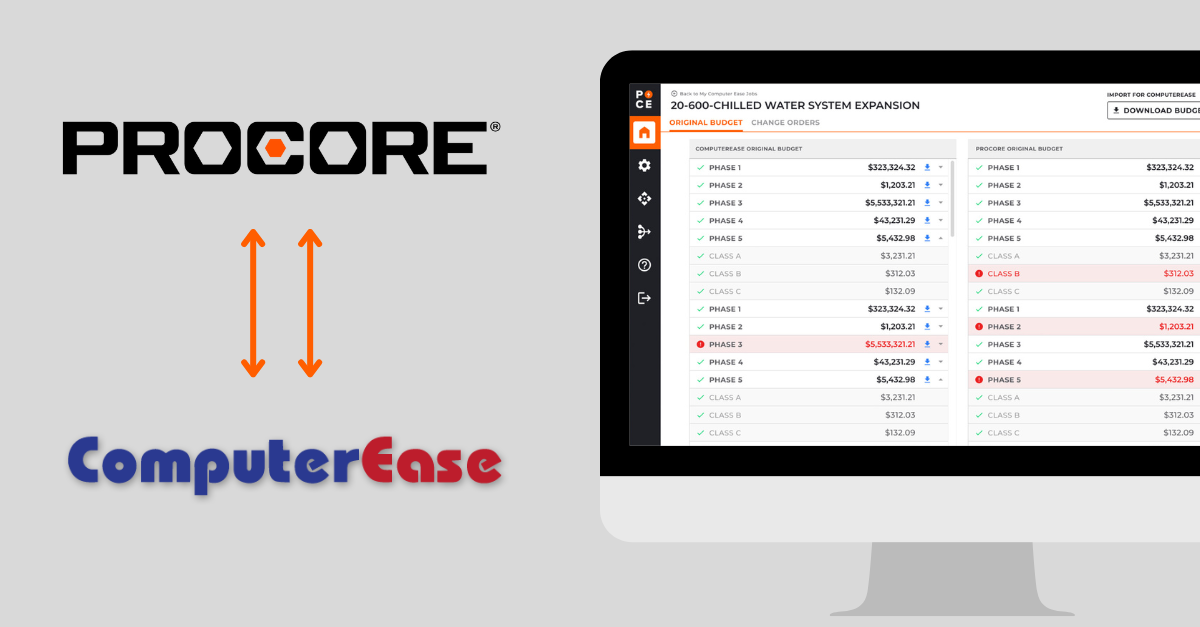Founding a startup isn’t easy. The unknowns and risks are too much for most people. But for those who are willing to do what it takes to make their startup dream happen, the journey can be an amazing adventure.
This article is designed to help you do some of the upfront thinking that startup founders sometimes neglect to do in their excitement about their idea. This is a tool for those startups willing to do the work.
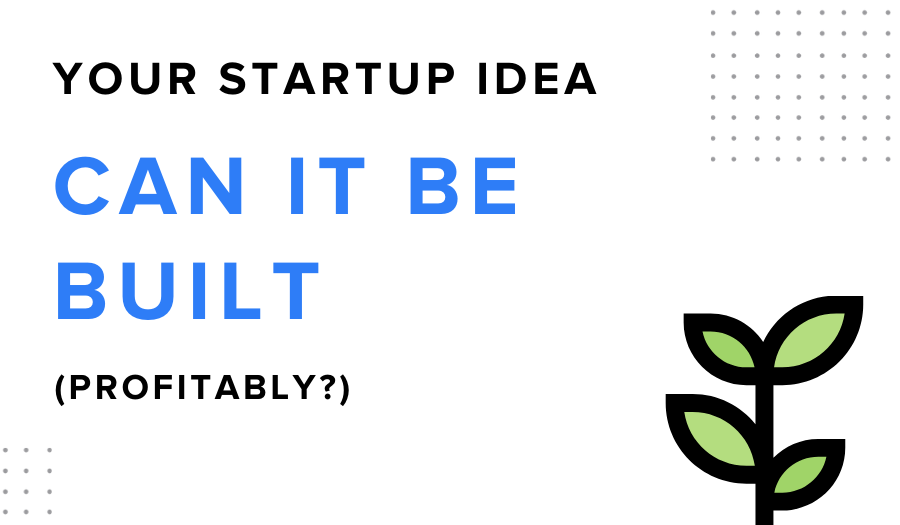
Pursuing your startup idea should never be (only) an exercise in simply going for it and venturing forth into the unknown. Yes, there is risk inherent in startups; however, your goal is to de-risk your startup and accept only calculated risks. Being willing to take on risk is one thing. Being willing to take on risk without having done due diligence and without developing clear ideas and a clear plan is something different altogether.
Before you begin building anything, it is important that you do some startup idea validation. This will help you to make sure that your target market cares about the problem you are trying to solve and is also willing to pay for a solution.
Besides making sure your target market cares about the problem and is willing to pay for a solution, you also need to be sure that your idea can be built profitably. There isn’t much use starting a company if it will cost you $1 million to build but the most optimistic projections max out at $1 million in total sales over the lifetime of your startup.
A Bootstrapper’s Mindset
At SPARK, we have a lot of startup experience. This experience comes from running our own startups and helping other startups get off the ground. We know what it is like to have a limited amount of money to get your idea moving. We know what it is like to pitch potential customers and to pitch investors. We know what those investors want to see. We know what can make the difference between getting funded and not getting funded. We know what it is like to grow to millions of customers, and the opportunities and challenges that scale will present.
We need your startup to succeed, too, and we want to be the trusted partner you turn to in order to help it succeed. So, when we work with startups, we are looking for a long-term, win-win relationship.
We want to help you stretch your dollars as far as they can. We know that if you don’t have a lot of capital, it probably isn’t a good idea to hire us to start coding your app. But we also know that before you pitch investors, it could absolutely be a good investment to hire us for a few days to design some professional wireframes to help the investors you are pitching see what you want to create. So, we’ll tell you when and where you should spend your money and where you can save and do the work yourself. We want to help you bootstrap and use the money you have as effectively as possible.
If you do this work upfront, when we meet you, we can provide you with the most value to help you launch your startup successfully.
Step 1 – Clarifying Your Startup Idea
As a first step to determining whether your startup can be built profitably, sketch out what you imagine that your app or software system will look like. This helps you to form and focus your ideas.
By sitting down and sketching out what the screen of your app will look like, it helps you crystalize your ideas better. What will the app do? Where will the buttons be? What will they do? This is called “wireframing.” At the end of this article, we have included some useful wireframe templates to assist you think through your ideas.
Of course, you don’t need to be a designer or user experience (UX) professional to do these wireframing exercises. The simple drawings you do will serve an important function. They help you to sort out and clarify your ideas. As you sketch what you want your screens to look like, you may think of other features you would like or potential obstacles you did not consider.
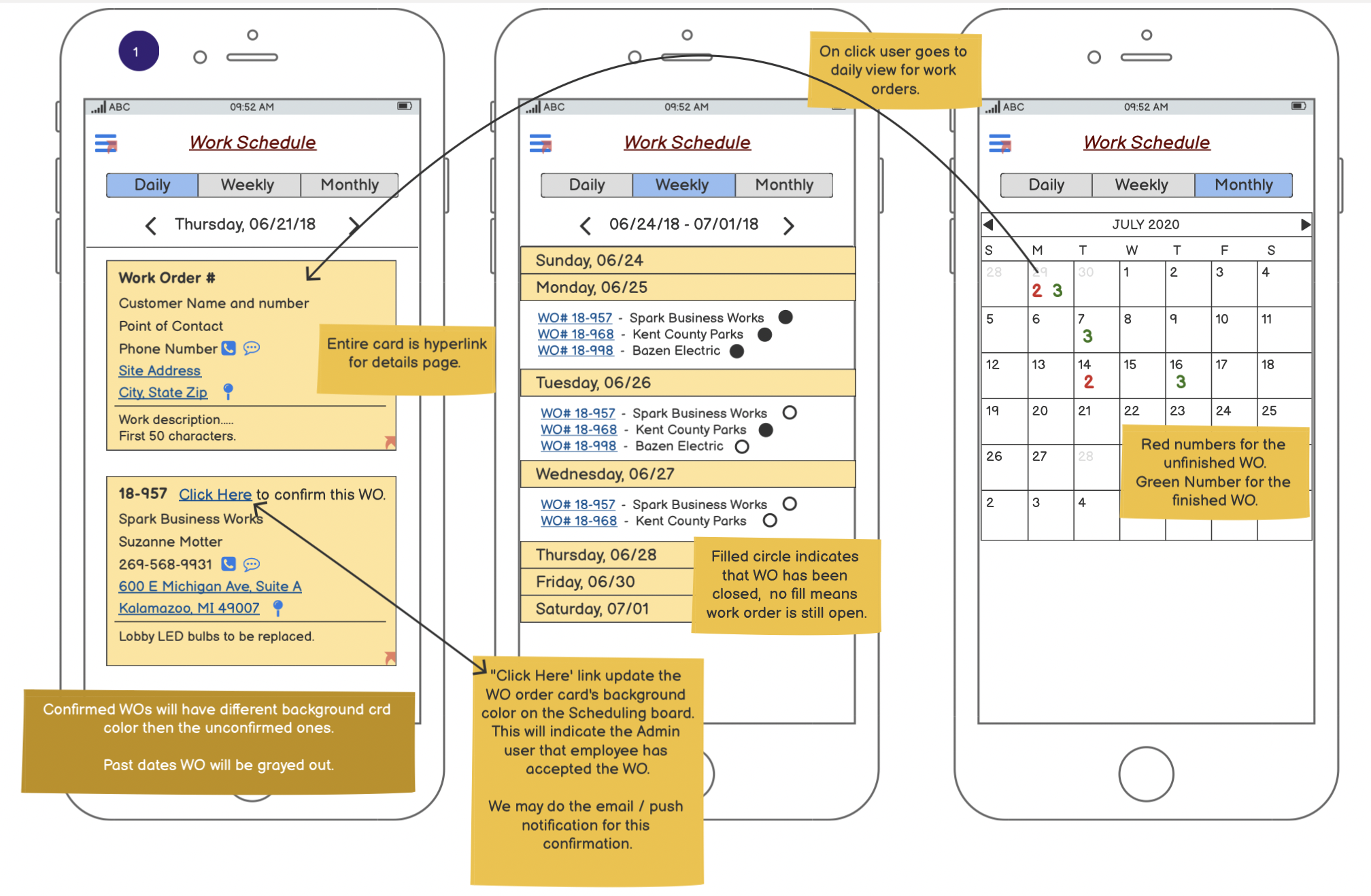
This is much more than an exercise in design or aesthetics. The front end of your app determines what will need to happen on the back end. By taking the time to sketch out what you want the front end to look like and do, you help yourself (and us) determine what will need to happen on the back end for your app to function as you envision.
Another important and useful exercise that you might find helpful is to sketch out a workflow diagram. What is a workflow diagram? A workflow diagram is a visual representation of a business process. You can think of it as a flowchart. It uses symbols to describe the steps that are needed to complete a business process. It also defines who (or what) is responsible for each step.
The goal is that you can show us (and yourself) how your idea might work at a business process level. You might (eventually) need someone with technical expertise to help you with the details. But we are not talking about that level yet. We just want you to sketch out the basics.
If you haven’t seen a workflow diagram before, here is an example:
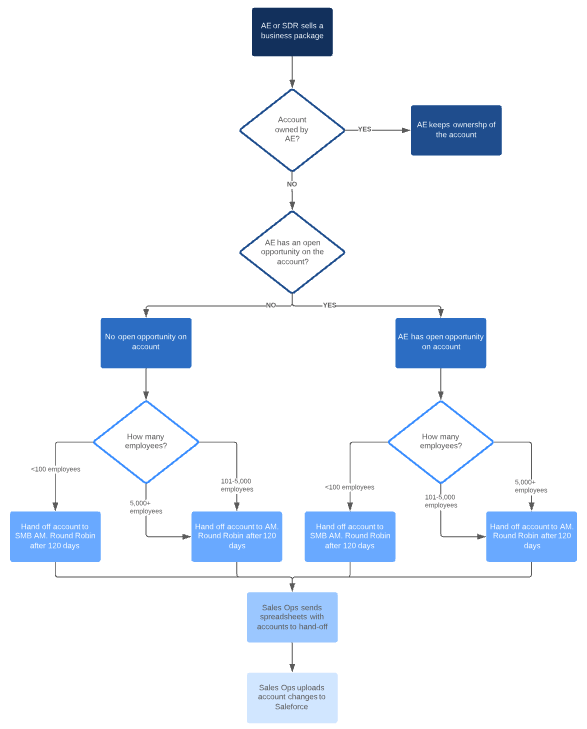
There are a variety of workflow methodologies. They each use their own shapes, symbols, and colors. Of course, you don’t need to use any of them or learn any of them to sketch out the workflow for your own app.
Simply think through and write down:
1) What needs to happen
2) The order in which it needs to happen
3) Who or what needs to perform the actions
4) Decision points or yes/no points
5) Start and stop points
This exercise is not used to figure absolutely everything out right now. The point is to help you clarify your own ideas and discover elements that you may not have fully thought through.
Step 2 – Does Your Startup Idea Make Financial Sense? What is the ROI?
After you have clarified your startup idea, it is time to examine whether it makes financial sense and what the return on investment is likely to be. SPARK can help you estimate your development costs.
But estimating your return on investment (ROI) can be more of a challenge. For entrepreneur-led startup projects (where the app will be used as an internal asset at an existing company), ROI is somewhat easier to estimate. We have a helpful article and tool that can help you estimate your ROI for an established company.
For startups and entrepreneurs that plan on selling their app externally (that is, to third-party customers and not only for internal use), the ROI estimation can be difficult and somewhat speculative. Still, it is a worthwhile exercise. You need to be sure that the risk is worth the reward and that the returns you will get if you succeed are worth the risks you will be taking. You don’t want to take on a lot of risk for something that will give you only mediocre rewards if you succeed.
Step 3 – Can Your Startup Idea Be Built?
An additional step you will want to take at the early stage of your startup journey is confirming that your startup idea can be built. That is, you will want to confirm that it is technically possible. It is a check that what you hope to build is not prevented by an insurmountable technical hurdle.
For example, if your startup idea assumes that you will be able to access data from a private and proprietary database and that you will also be able to access data from a government-owned database, you will need to confirm that both of those assumptions are true.
So, determine what assumptions your startup idea is based upon. Identify any third parties that you don’t control whose assets are necessary for your startup to function. Will you need permission to access their assets? Do they provide APIs? Will you need to negotiate an agreement with them?
In addition, think through what technical assumptions your startup idea has. For example, if for your startup idea to work, system A from company 1 must be configured to talk to system B from company 2, you will need to confirm that those two systems are actually able to talk to each other. They might be able to communicate. But they might not.
Are there any laws or regulations with which your startup will need to comply? If so, can you set up your app in a way to meet those legal requirements?
After you’ve done your initial assessment, many times it will make sense to do a proof of concept. A proof of concept is simply a small experiment to show that your startup idea is feasible. To continue with our above example, if your startup idea requires you to combine data from proprietary database A with government database B, a proof of concept might show that you are able to extract a few records from proprietary database A and government database B into your system. Now, this proof of concept does not have to be fully automated. You just need to prove to yourself (and your potential investors), that your startup idea is feasible.
Reach out to see how SPARK can help with prototyping →
Step 4 – Make a Presentation Worthy of Investors
Doing all of the above steps is one of the best ways to prepare yourself for investor presentations. It helps them to see that you are serious and not some starry-eyed dreamer who hasn’t done his or her homework (and who can’t be trusted with investment money). First impressions count.
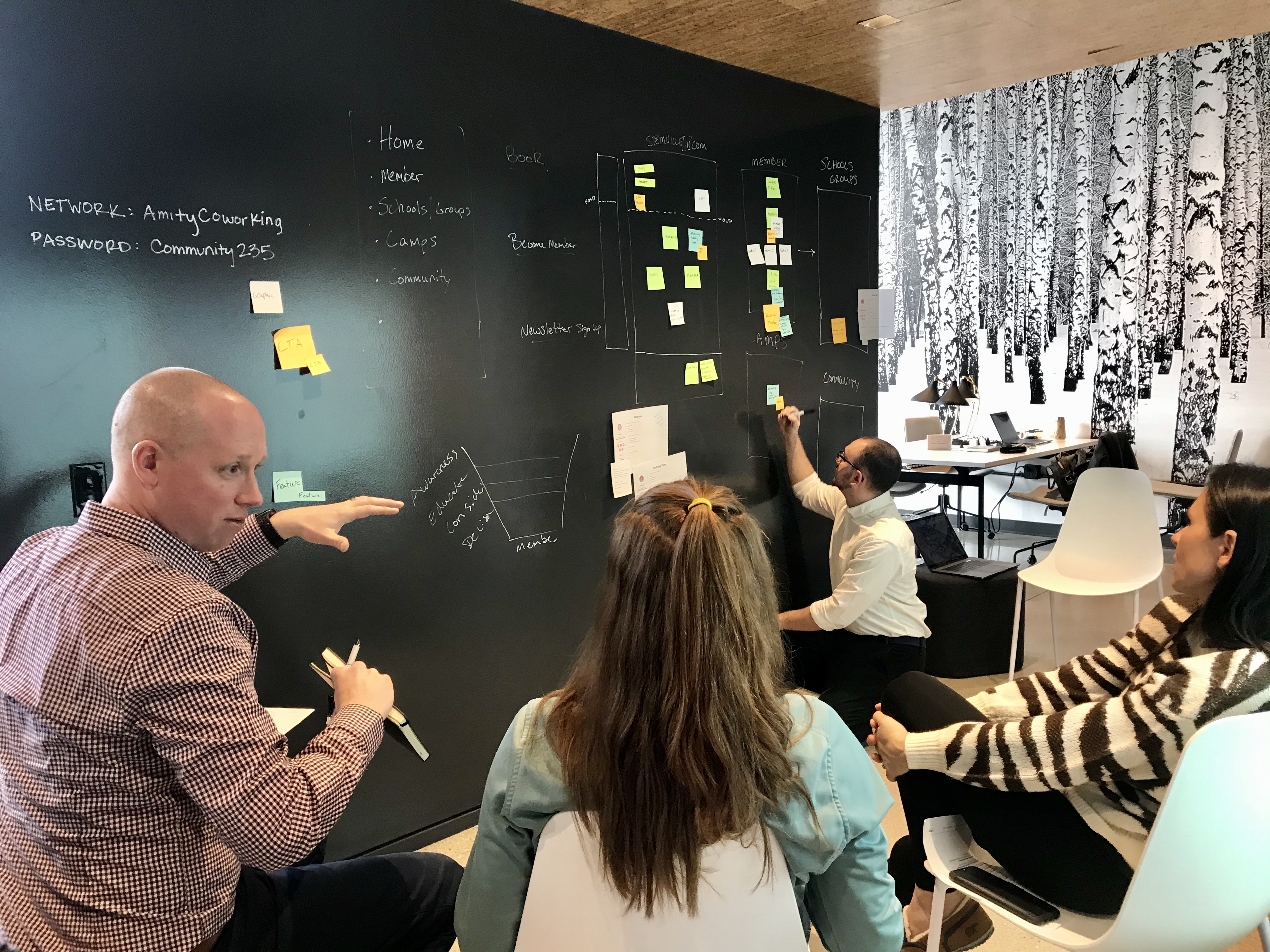
For example, imagine you have an idea for an app that could revolutionize a small but significant corner of the healthcare world.
You go through your pitch and attempt to paint a visual picture of what the app could look like. Maybe you share some rough sketches. Or maybe you just whiteboard them out right there in the room.
When it is time for questions, the potential investors pounce on you with HIPAA-related questions. But you haven’t even heard of HIPAA, so you bluff your way through an unconvincing answer…
What is the likely result of that meeting?
But imagine if you present a slide deck that includes the detailed and well-designed app mockups that SPARK did for you that help investors see exactly what your finalized app can look like. As you present, you walk through your slides, you show them exactly how your app will be HIPAA-compliant.
Very different impression. Very different results.
* * *
Startups are exciting and fun! Of course, they are also somewhat risky. But nothing ventured, nothing gained, right? To get your startup ready for success, put in the upfront work thinking through the steps we’ve outlined in this article. Go through the exercises we recommend. Put pen to paper. Lay out your wireframes. Create a workflow diagram. Calculate your ROI. Take your time. That is where the magic happens and you get real insights. Don’t vaguely think about your app layout design in your head. Sketch it out!
Every bit of effort you put forth in the early stages of your startup can save a lot of effort (and wasted time and money) later on. After you’ve done this work, get in touch. We can help you get to where you want to go.
Get Started
Teams usually hire us for software technical feasibility or design services (like a prototype or pitch deck) after they’ve taken the time to do the pre-work this article recommends. In our experience, those who aren’t willing to dive into the process at the beginning may struggle. But startup founders who are willing to do the upfront strategic planning are likely to succeed and make great partners!
When you’re ready to proceed, see how SPARK can help you make your startup vision a reality!





